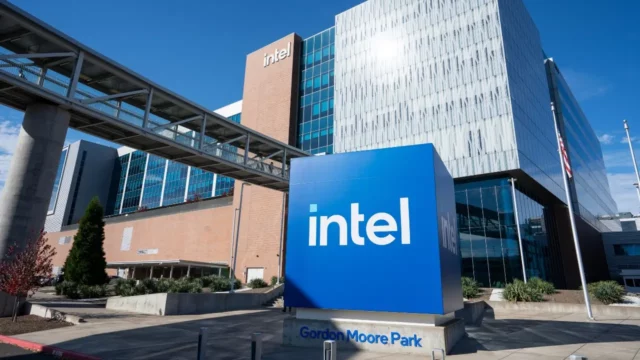Artificial intelligence has great potential in the food industry, especially in order management, customer service and operational efficiency. Quick-service restaurants are increasingly using AI-powered solutions to increase customer satisfaction and reduce costs. However, the full adoption and successful implementation of these technologies still faces some challenges.
The McDonald’s and IBM partnership is a prime example
In a two-year partnership with IBM, McDonald’s has tested AI-powered driver technology in more than 100 of its restaurants. These trials have provided important data on how AI can perform in the order-taking process.
However, some of the glitches of this technology have also gone viral. For example, the AI system caused one customer to order 2,510 McNuggets Menus, or another customer was unable to place a simple order and eventually needed human intervention.
These experiences led McDonald’s to end its partnership with IBM. The company said it had learned a lot in the process and plans to explore voice ordering solutions more broadly.
These developments show that significant steps still need to be taken before AI can be successfully applied in the food industry.
The company has gained confidence that AI will be a part of its restaurants in the future, but more experimentation and development is needed before the technology can be fully adopted. New partnerships with Google could further increase the potential of this technology.
The use of AI in the food industry is not limited to order-taking. Restaurant chains aim to use AI in many areas such as customer service, inventory management, logistics and even optimizing recipes.
However, the successful implementation of these technologies requires a robust infrastructure and the ability of employees to adapt to these new technologies.














